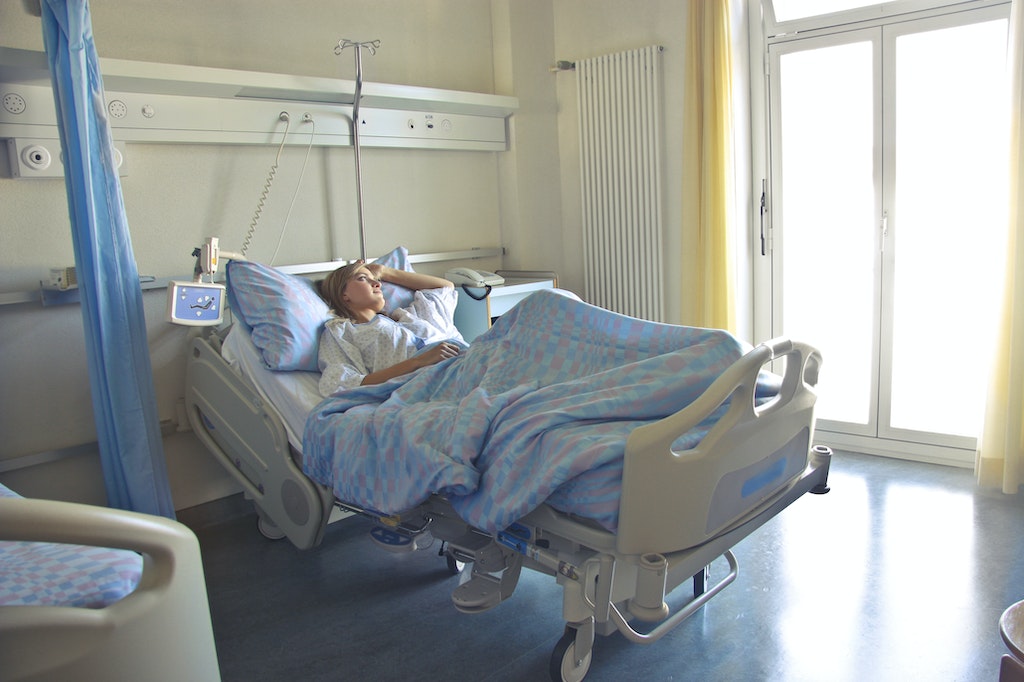
The security of your patients is of paramount importance. And while you may have other concerns, such as a patient’s health and satisfaction, security plays a big role in ensuring these two priorities are met.
Your patients need to feel safe when within the hospital, and they need to have their sensitive medical information kept confidential.
Using a visitor management system will ensure security in the hospital. Such a system will also help reduce administrative tasks, streamline visitor tracing, and provide a better visitor experience.
Roles of a Visitor Management System in a Hospital
Allows Easy Visitor Identification
A visitor management system (VMS) helps verify a visitor’s identity and purpose of visit. This helps ensure that only authorized individuals gain access, reducing the risk of intrusions. Also, the system can issue visitors badges or temporary access cards, enabling easy identification of visitors within the hospital premises.Manages Restricted Areas
A visitor management system can be used in restricted areas that have privacy concerns or the presence of sensitive medical equipment. In this case, a VMS can be used to define access levels for visitors based on their relationship with patients or their purpose for visiting. This allows only authorized people to get access to restricted areas ensuring security and confidentiality.Enhances Safety Measures
A visitor management system can be integrated with other security systems, such as alarm systems or video surveillance, to provide a comprehensive hospital security posture. This type of integration can help detect and analyze visitor data allowing you to identify suspicious behaviors or vulnerable areas within the hospital premises. This, in turn, enables you to take proactive measures to prevent potential security issues.Access to Real-Time Monitoring and Alerts
Providing security is one thing, but providing real-time access to monitoring movements within the hospital is more important. Real-time monitoring allows you to deal with security issues as they happen or before they happen. It allows you to always have an eye on critical areas within the hospital, such as entrances, restricted zones, and sensitive departments.
A VMS also gives you access to instant alerts. So in case of unauthorized access attempts, unusual activities, or potential security breaches, your security personnel get real-time alerts on what’s happening. This proactive approach enhances overall situational awareness and allows for quick responses to security incidents.Manages Volunteers and Vendors
Many hospitals usually rely on volunteers and vendors to support their daily operations. In this case, a VMS can be used to streamline the registration and onboarding process for this external help. The visitor management system can be used for background checks and credential verification. This helps ensure that only authorized and trustworthy people get access to sensitive hospital areas.Streamlines Patient Visitation
A visitor management system has pre-registration features that you can use to enable authorized individuals such as family to register their visit in advance, reducing waiting times and minimizing inconvenience. Through this, you not only expedite the check-in process but also ensure that only approved visitors gain access to patient areas.
You can also use the system to set visitation time limits, restricting unauthorized or excessive visitation that may disrupt patient care or compromise security protocols.Improves Communication and Information Dissemination
A visitor management system can be used as a centralized platform for communicating and distributing information within the hospital. The system can be integrated with display signage or kiosks to display important announcements, safety protocols, policy updates, and other relevant information.
Prompt communication can help ensure visitors receive timely and accurate information, promoting a safer and more informed environment. This will also lessen confusion, reduce potential disruptions, and enhance the overall visitor experience within the hospital.Enhances Emergency Preparedness and Incident Response
In case of an unplanned incident, the visitor management system comes in handy in ensuring the exact number of visitors, patients, and staff is noted, allowing for an effective evacuation plan for all involved individuals.
Also, when the system is coupled with other technologies such as CCTV cameras, biometric scanners, and communication systems, you can easily track the flow of people and pass on mass updates on critical guidelines quickly and efficiently to ensure everyone gets to safety.Manages Resources and Planning
A visitor management system can help manage challenges such as resource constraints, for example, limited parking space and overcrowding in visitor waiting areas.
The systems can be used to provide valuable insights, such as visitor traffic patterns, to help manage the hospital during peak hours. For example, the system can generate reports and analytics that inform decision-making related to resource allocation, staffing requirements, and facility planning. In turn, this allows for optimized hospital operations and improved patient and visitor flow.Enhances Confidentiality and Compliance
Since a visitor management system can capture visitor information, such as the purpose of the visit and areas accessed, you can use the system to create an audit trail that can be used for compliance purposes.
Information obtained from data can help maintain patient privacy and ensure the hospital meets relevant regulatory requirements, such as the Health Insurance Portability and Accountability Act (HIPAA).Improves Asset and Equipment Tracking
A visitor management system can be used to keep an inventory of valuable medical equipment and assets in the hospitals. The system can be used to assign unique identifiers such as a barcode, RFID tag, or QR code to hospital assets. This allows you to track the location of each asset in real-time.
The system can also schedule and track routine inspections, repairs, and servicing of assets. You will also be able to view current movement patterns, maintenance history, and other relevant data that can be used to identify trends, optimize asset allocation, and make informed decisions regarding equipment procurement and replacement.
Conclusion
Using a visitor management system in a hospital shows dedication to prioritizing security, safeguarding patient information, and creating a safe space for everyone involved in the healing process. Don’t wait till potential threats challenge your security; invest in a visitor management system.